Anchor Worms in Freshwater Fish
Updated on 05/27/24
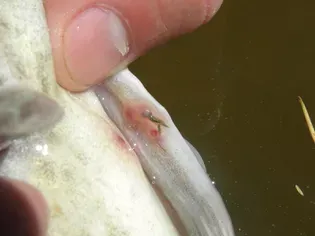
Anchor Worms: A Parasite's Grip on Freshwater Fish
In the tranquil depths of freshwater ecosystems, a sinister threat lurks beneath the surface – the anchor worm. This insidious parasite attaches itself to the skin and gills of fish, causing debilitating wounds and potentially life-threatening infections. Discover the telltale signs, devastating impacts, and effective control measures for anchor worms in this comprehensive guide.
Recognizing the Anchor Worm's Assault
Identifying the presence of anchor worms is crucial for timely intervention and treatment. These parasites are characterized by their distinctive appearance:
* Worm-like body: Anchor worms resemble tiny, thread-like worms, typically ranging from 5 to 15 millimeters in length.
* Anchor-shaped head: The parasite's name derives from its anchor-shaped head, which it uses to firmly attach itself to the host fish.
The Devastating Impacts of Anchor Worm Infestation
Anchor worms wreak havoc on their hosts, causing a multitude of health issues:
* Skin lesions: The worm's attachment to the skin creates open wounds, providing an entry point for secondary infections.
* Tissue damage: The parasite's feeding activities further damage the host's tissues, leading to inflammation and necrosis.
* Gill damage: Anchor worms can attach to the delicate gills, impairing respiration and severely compromising oxygen uptake.
* Stress and reduced growth: The discomfort and health problems caused by anchor worm infestations can induce stress, reduce appetite, and hinder growth.
Examples of Anchor Worm Infestations in Freshwater Fish
Anchor worms have been reported to infest a wide range of freshwater fish species, including:
* Rainbow trout
* Brown trout
* Brook trout
* Largemouth bass
* Bluegill sunfish
* Koi
Effective Control Measures for Anchor Worm Infestations
Early detection and prompt action are essential in combating anchor worm infestations. Treatment options include:
* Chemical treatments: Parasiticides specifically designed for anchor worm control can be administered through water baths or injections.
* Physical removal: Using tweezers or forceps, anchor worms can be manually removed from the fish's skin and gills.
* Quarantine: Infected fish should be isolated to prevent the spread of parasites to healthier individuals.
* Preventive measures: Maintaining clean water quality, implementing quarantine protocols, and reducing overcrowding can help minimize the risk of anchor worm infestations.
Conclusion
Anchor worms pose a significant threat to the health and well-being of freshwater fish. By recognizing the telltale signs of infestation, understanding the devastating impacts, and implementing effective control measures, you can protect your fish from this insidious parasite. Remember, timely intervention and proper treatment are paramount in ensuring the health and vitality of your prized aquatic specimens.
Explore More Pets
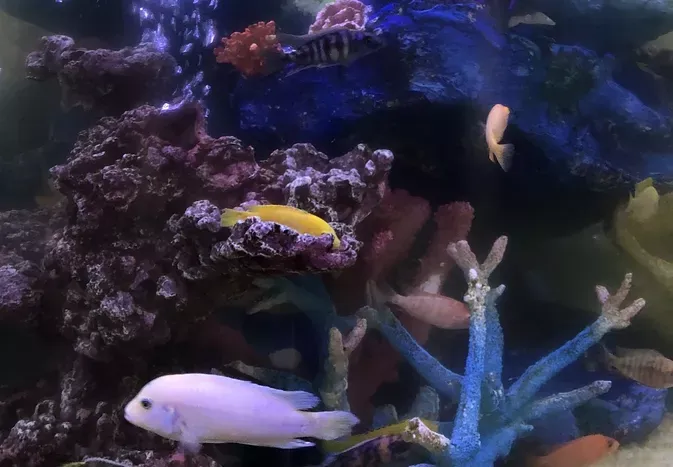
Freshwater Aquarium Filters
How to Deal With Cloudy Aquarium Water

Saltwater Aquarium Filters
How Do You Remove Chloramines From Tap Water?
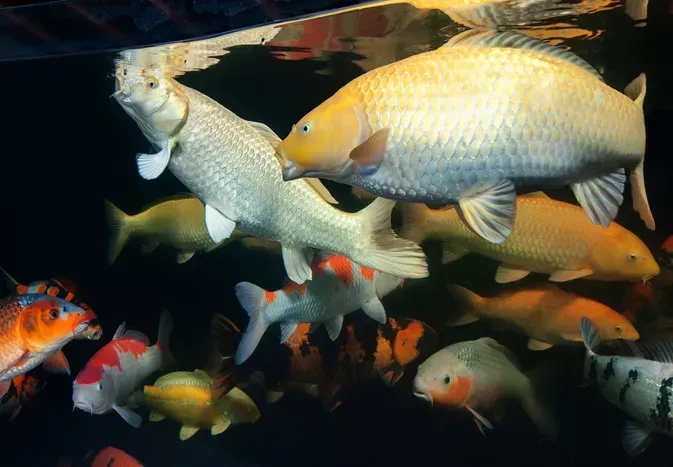
Freshwater Aquariums & Habitat
Can I Keep My Koi Fish Inside?
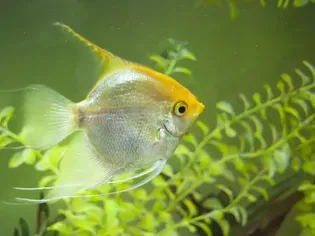
Saltwater Aquariums & Habitat
14 Best Floating Plants for Your Aquarium
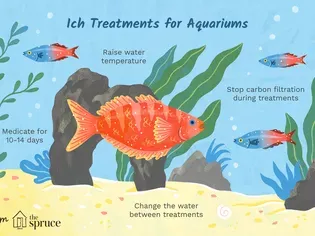
Freshwater Fish Health
How to Treat Ich on Freshwater Fish
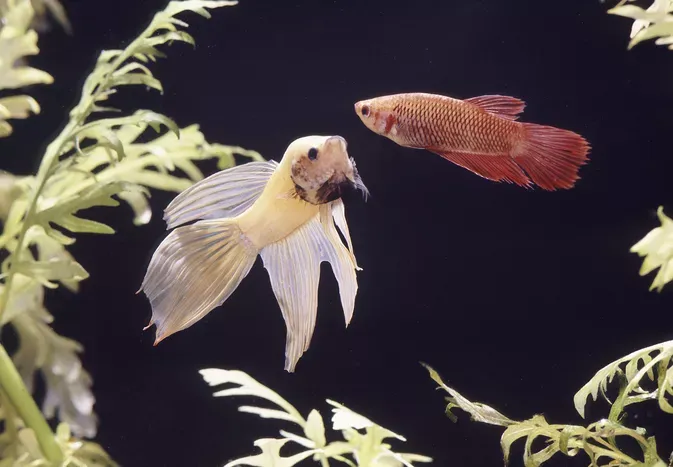
Saltwater Fish Health
Fin Rot in Aquarium Fish
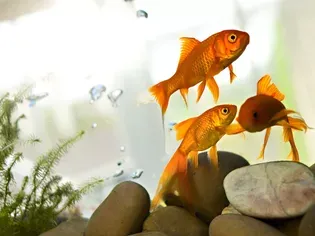
Freshwater Aquarium Filters
How to Do Aquarium Water Changes
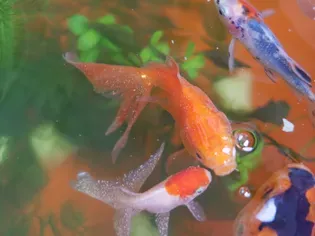
Saltwater Fish Health
How Do Fish Get Parasites?
